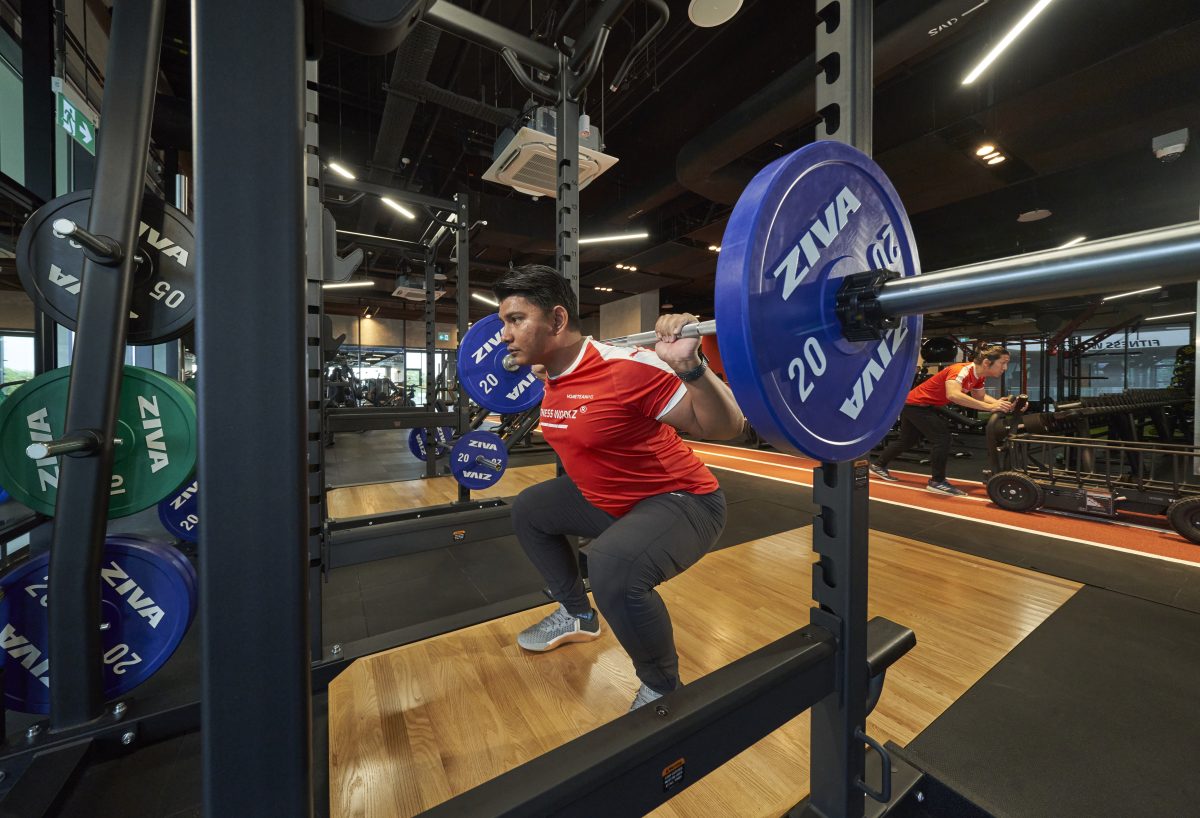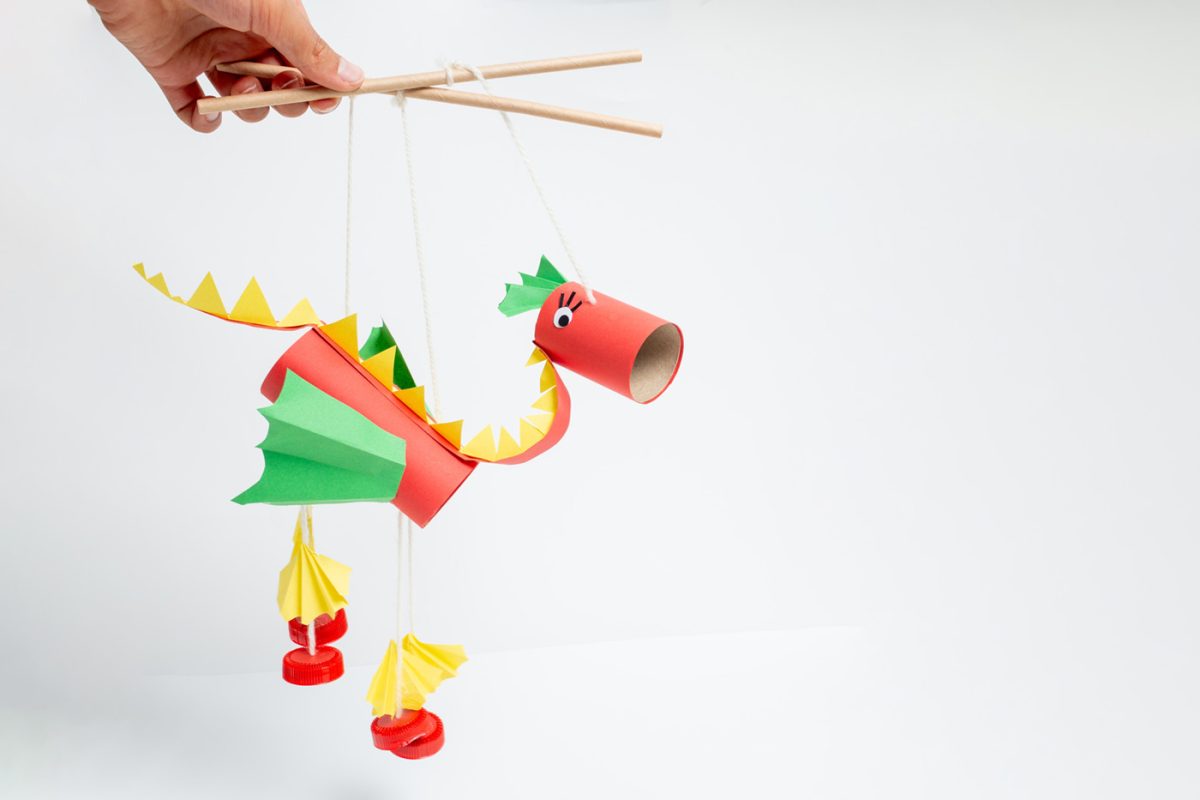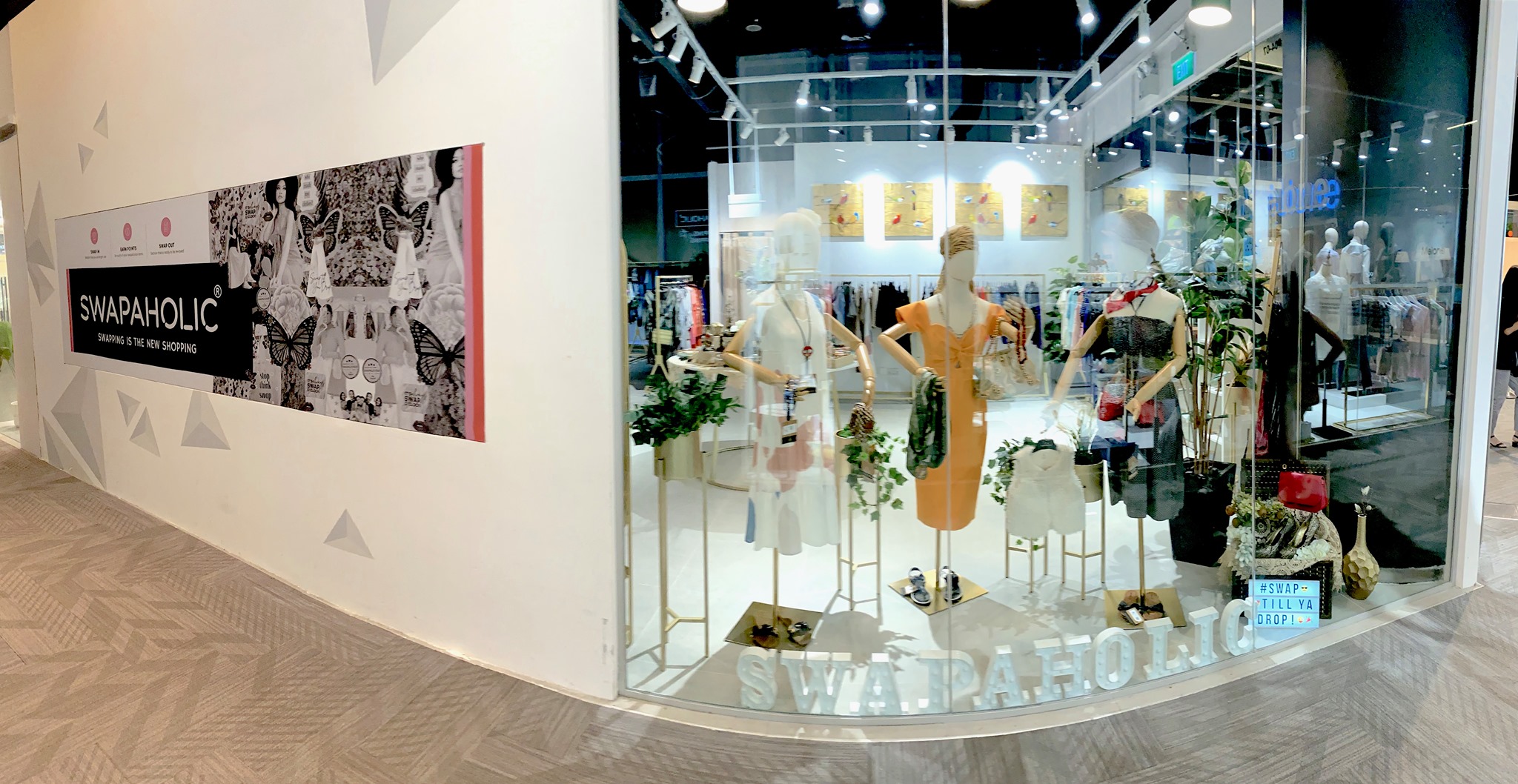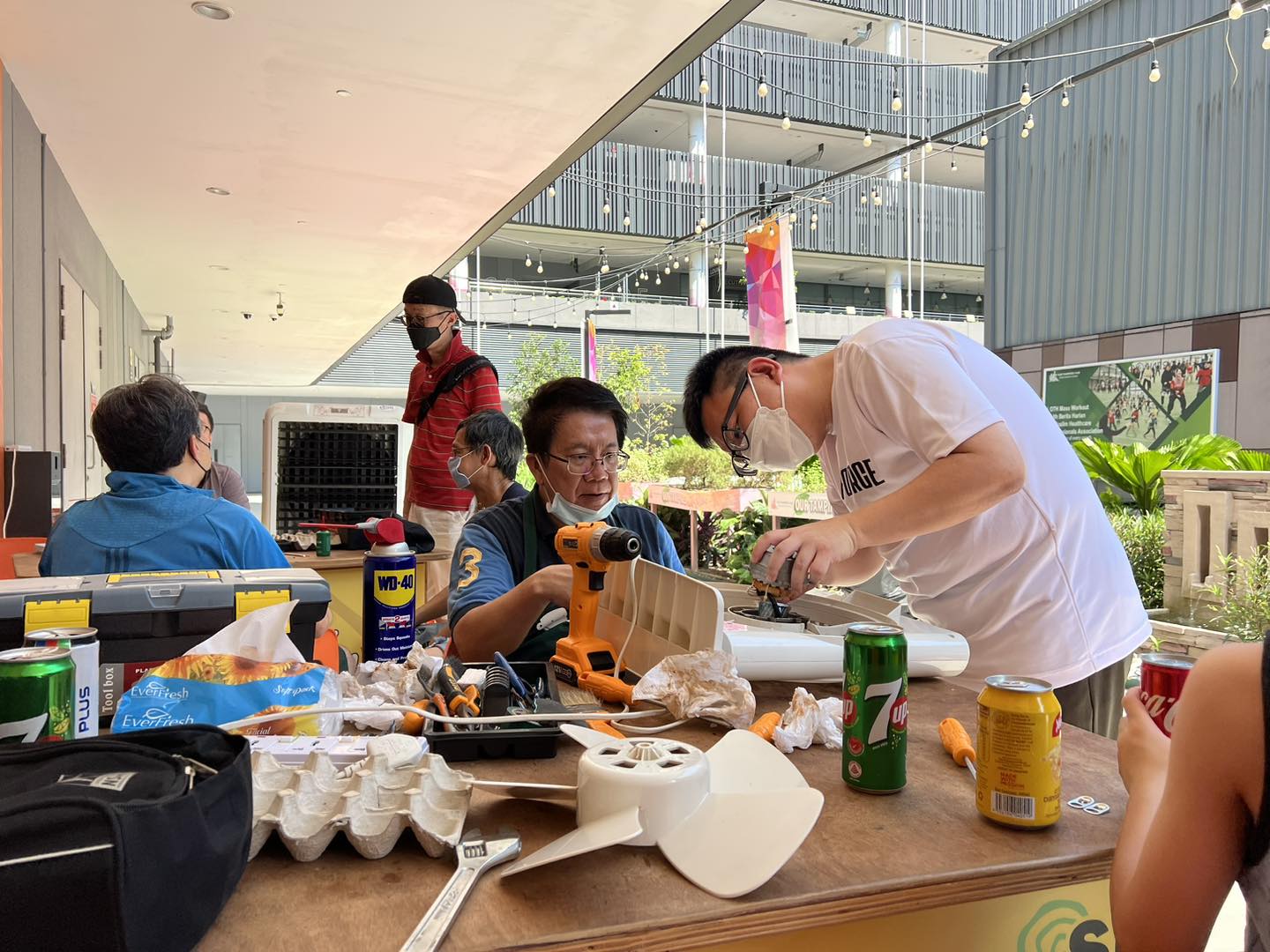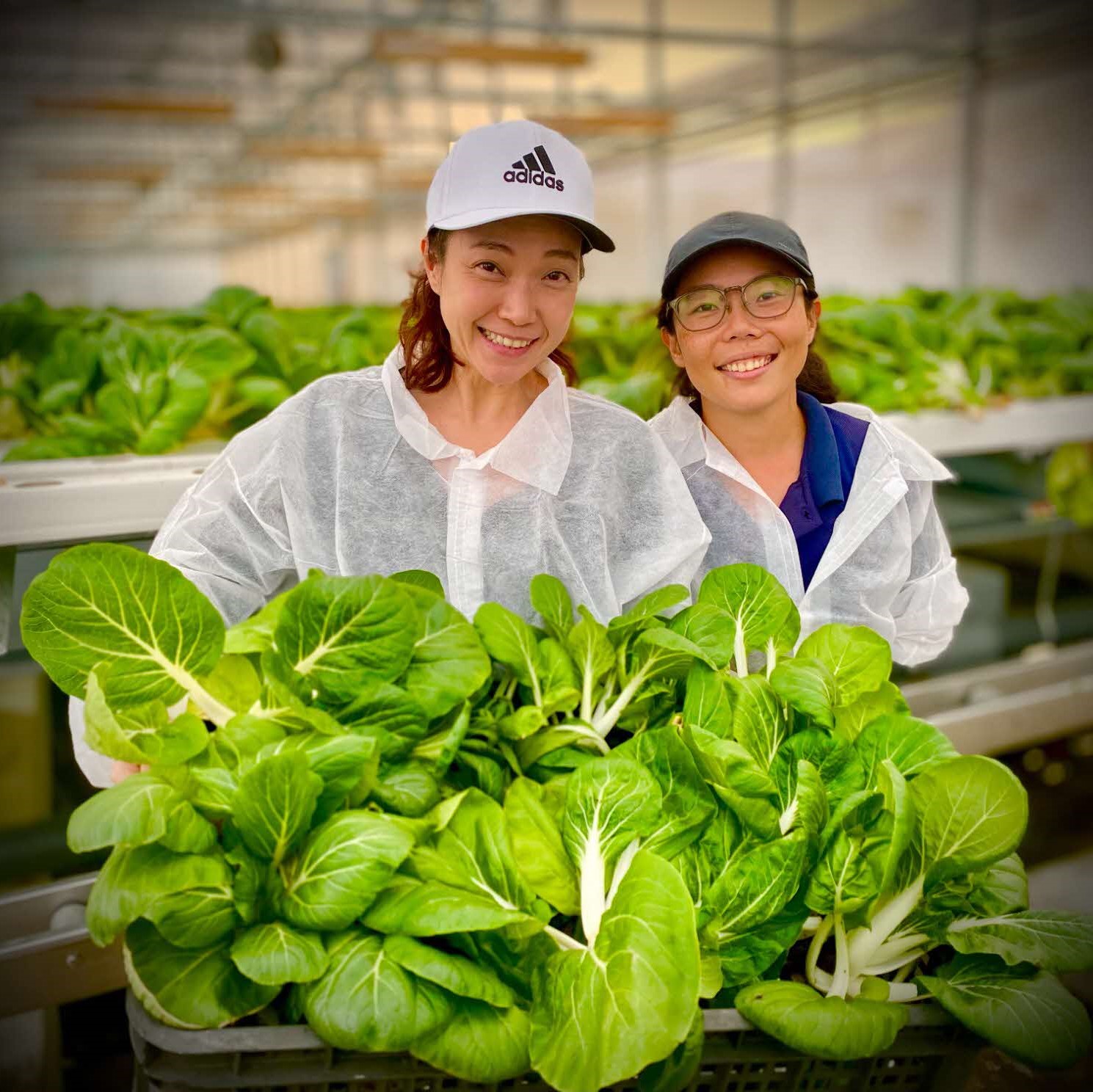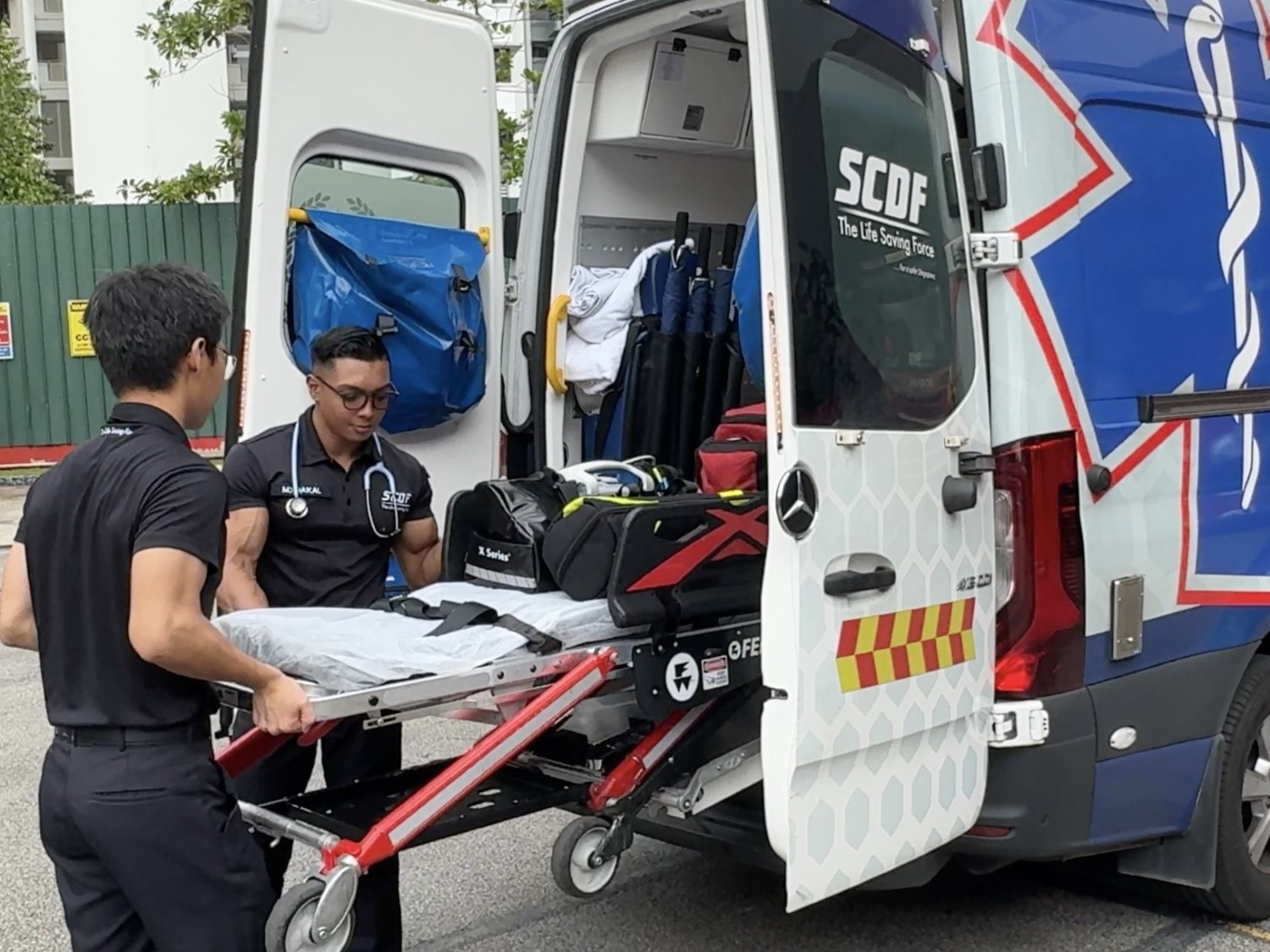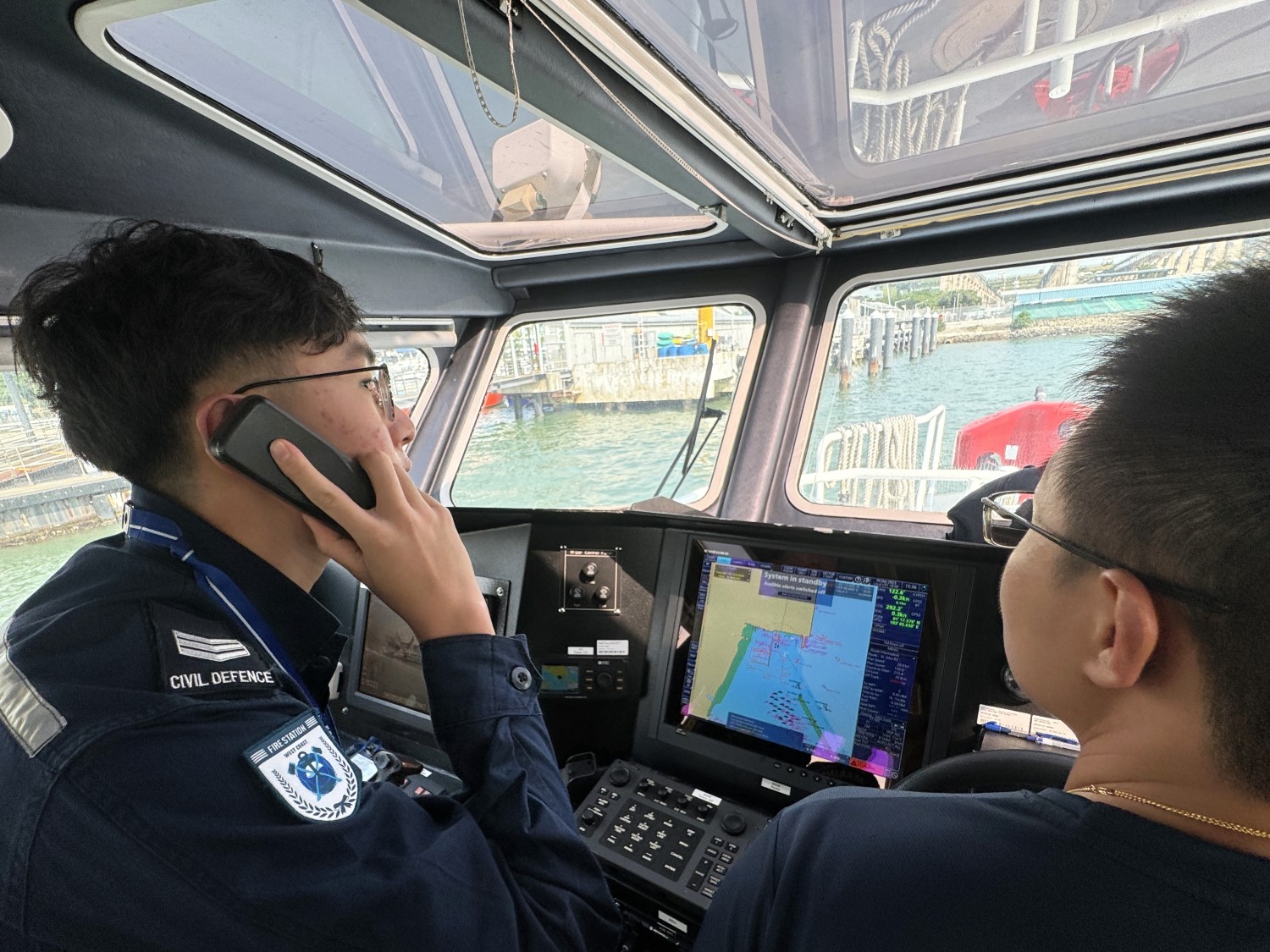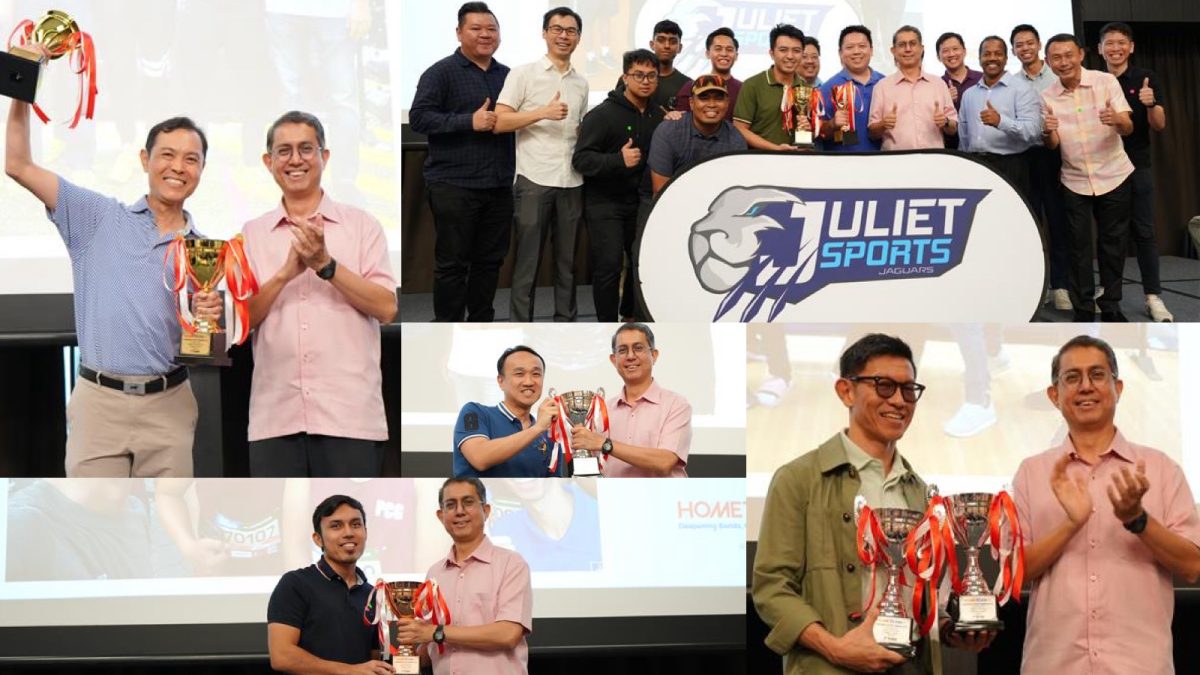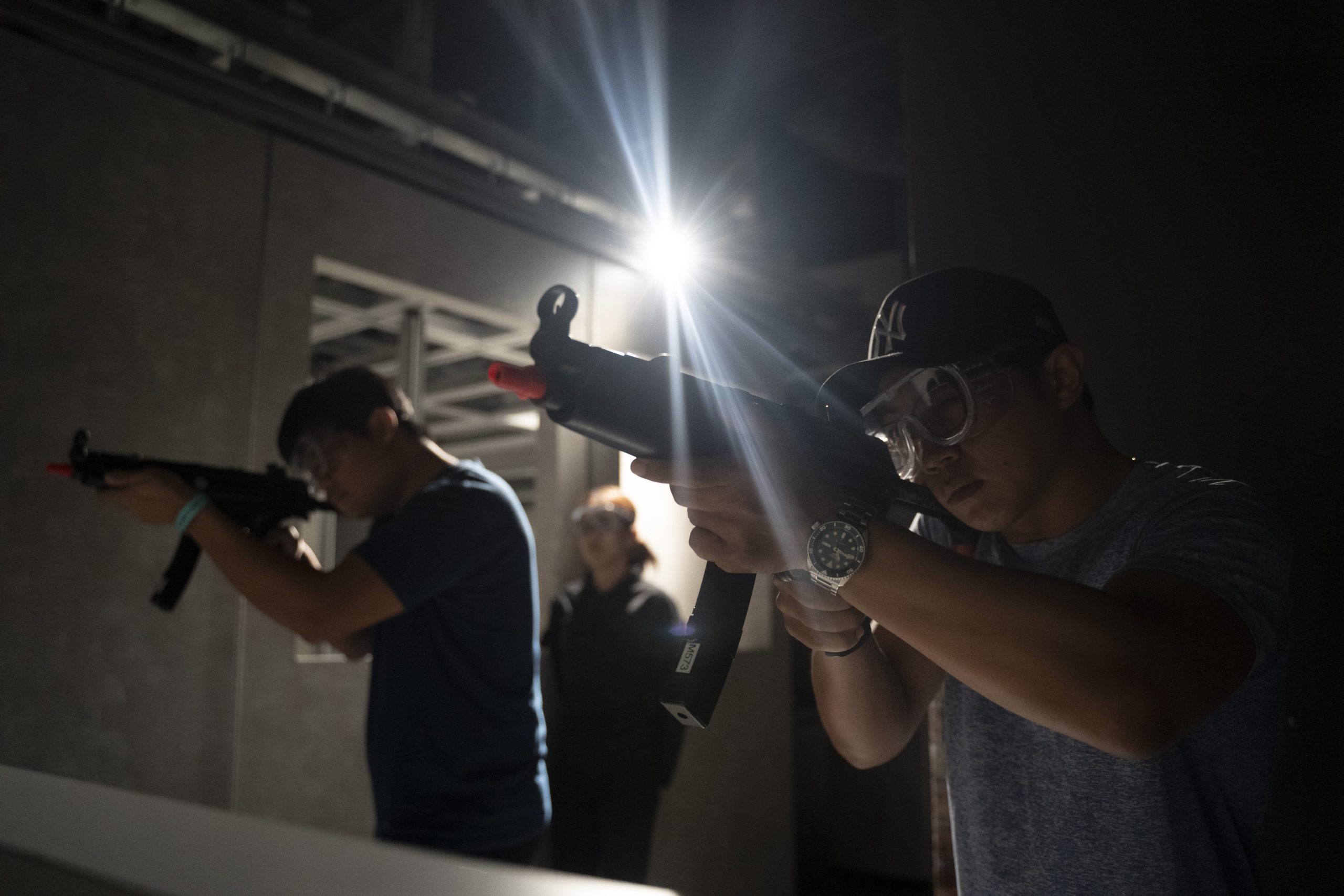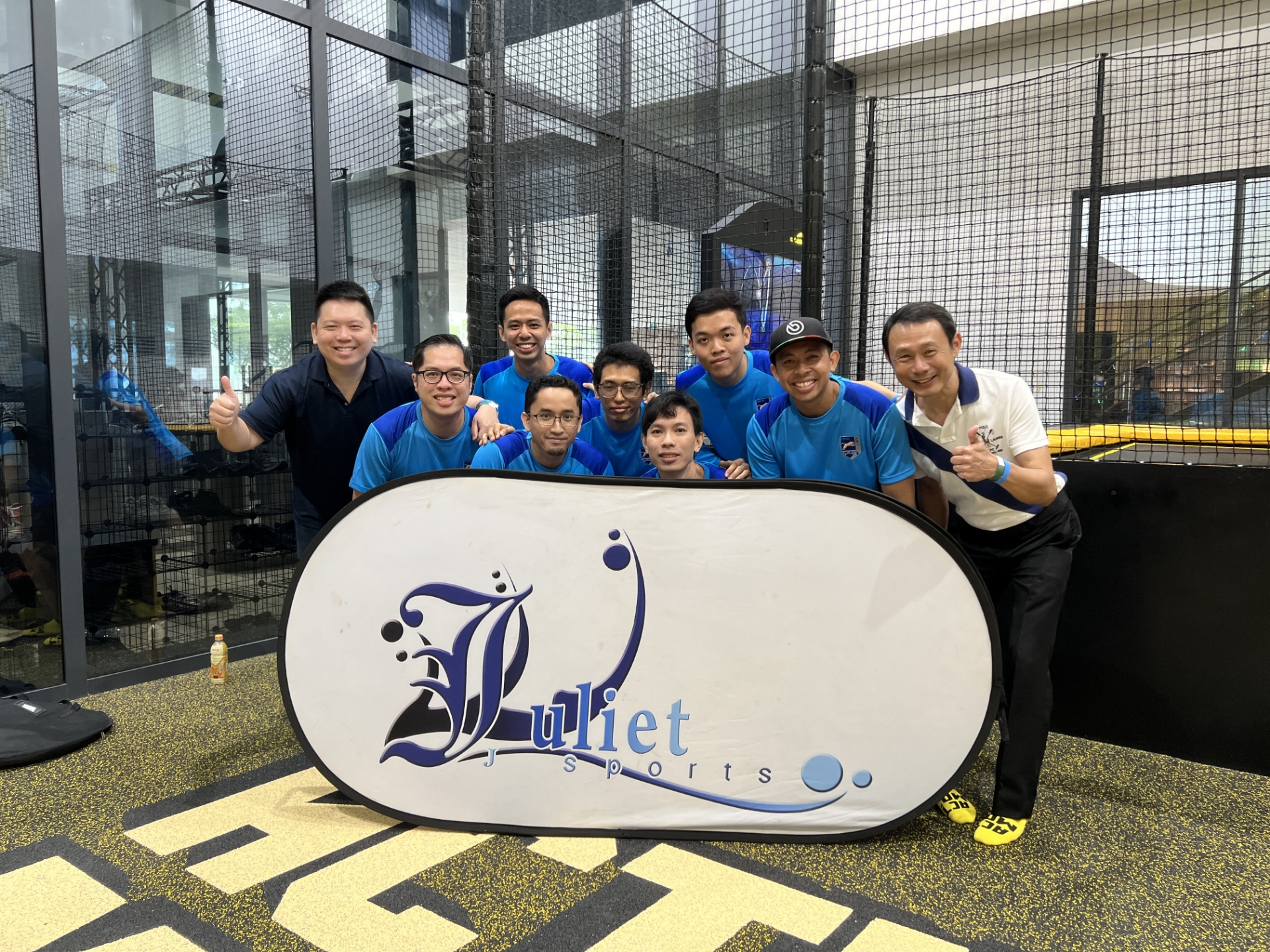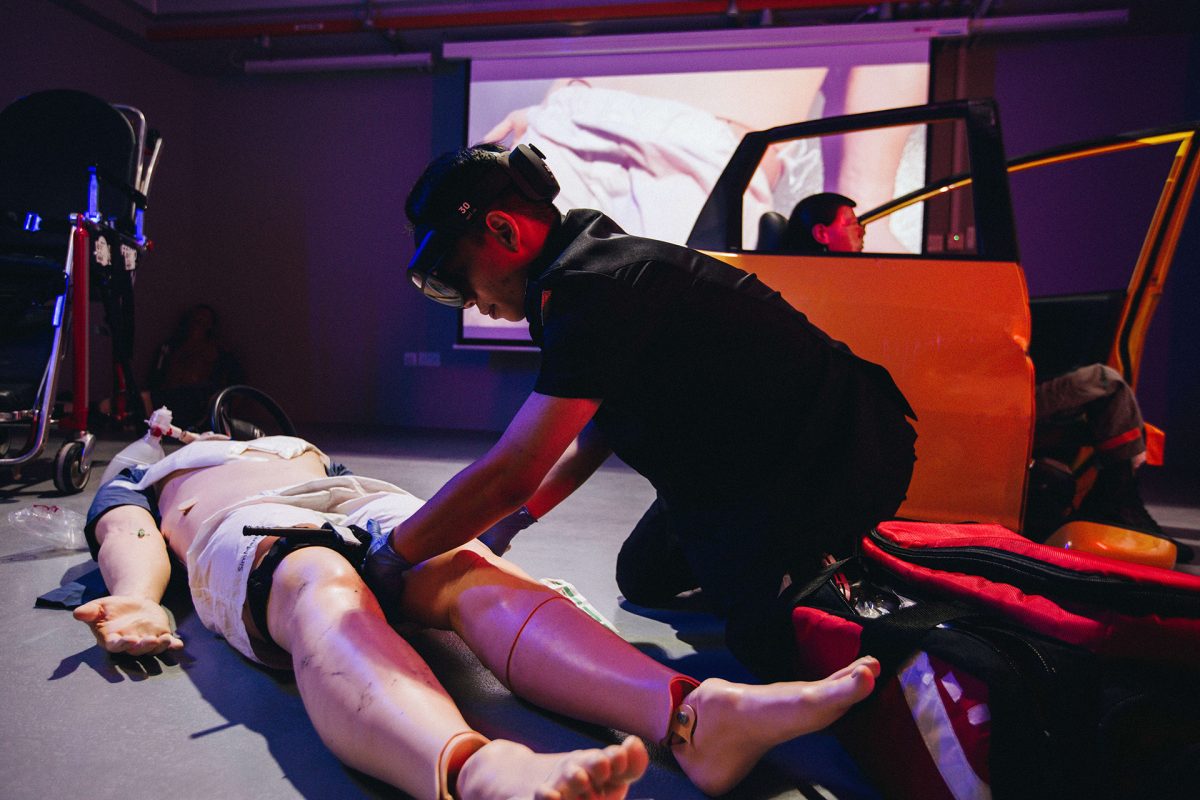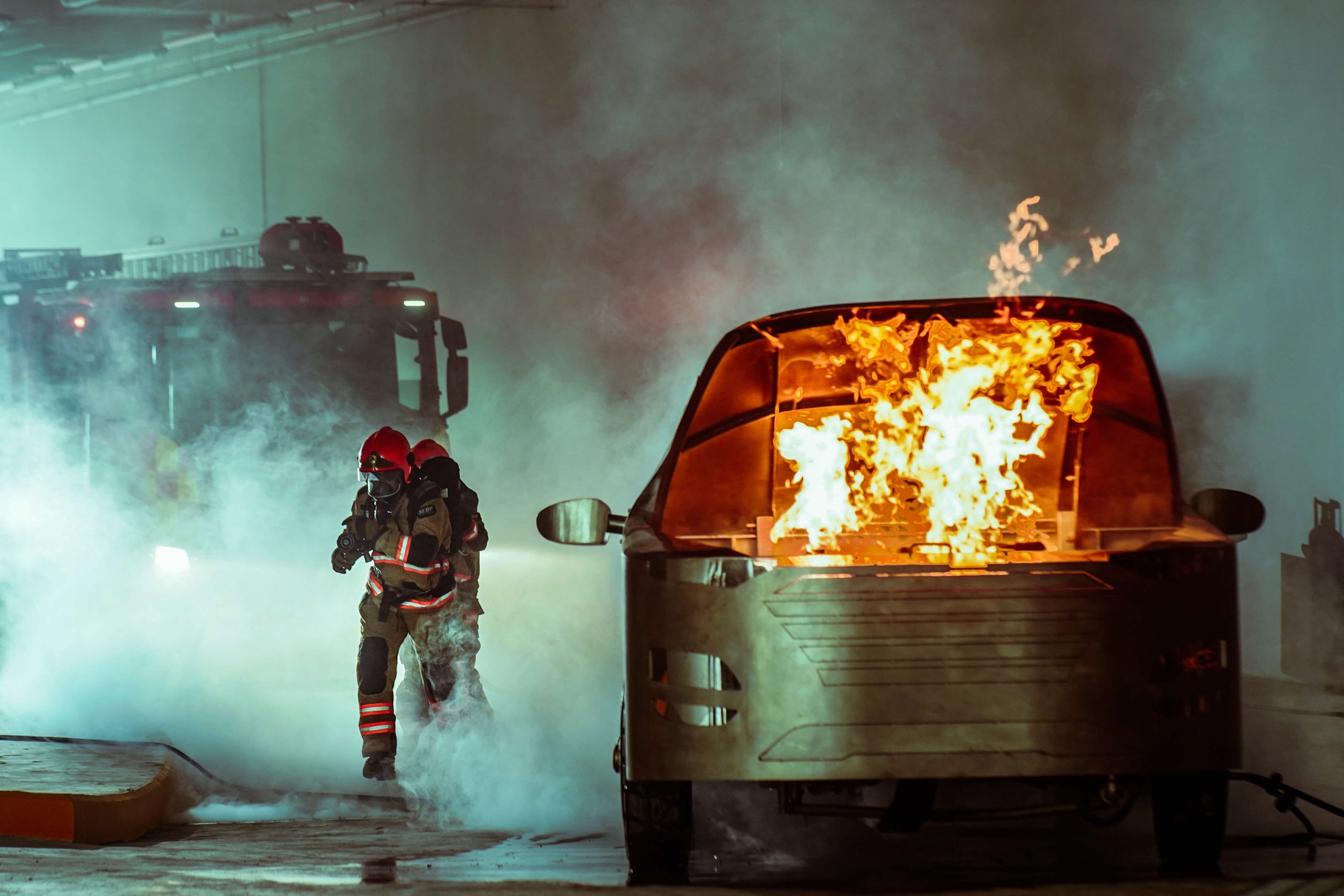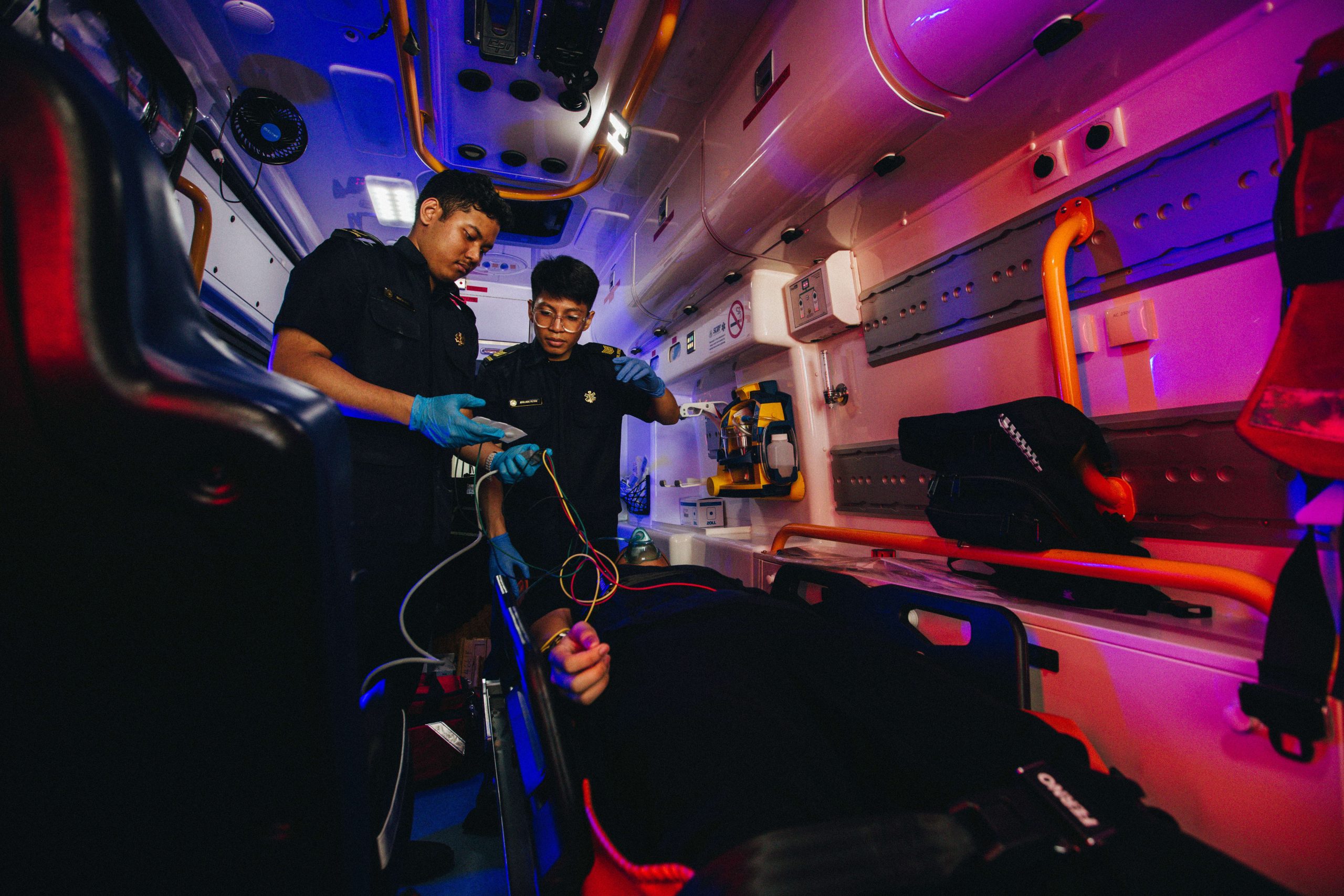Make time amid your busy visiting schedule to enjoy activities such as bowling and laser tag with your family.
PHOTOS: HOMETEAMNS; NATIONAL PARKS BOARD; FLICKR USER NOVA;
TEXT: BEATRICE BOWERS
According to CNA, most people consume 39% more calories than usual during festive seasons, and nearly 45% of them gain an average of 1.7kg during the Lunar New Year. While indulging in food is done in the spirit of the season, it’s still important to look after your health and fitness, especially if you’ve got a busy schedule visiting relatives and going to parties.
Here are seven things to do — both indoor and outdoor — to help you stay fit despite consuming copious amounts of pineapple tarts, including family-friendly activities to maximise your bonding time.
1. Head to the bowling rink

Burn calories and work out your muscles while having fun with your loved ones at the bowling alley. We’d recommend knocking down those pins at SuperBowl located at HomeTeamNS Khatib or StarBowl at HomeTeamNS Bukit Batok (open daily till midnight) — both of which will be open throughout the Lunar New Year. Public holiday rates start from $3.50 per game, so you can play to your heart’s content.
BONUS: HomeTeamNS members enjoy a 10% discount on games at SuperBowl (Khatib) and 15% discount on games at StarBowl (Bukit Batok).
2. Book a laser tag session
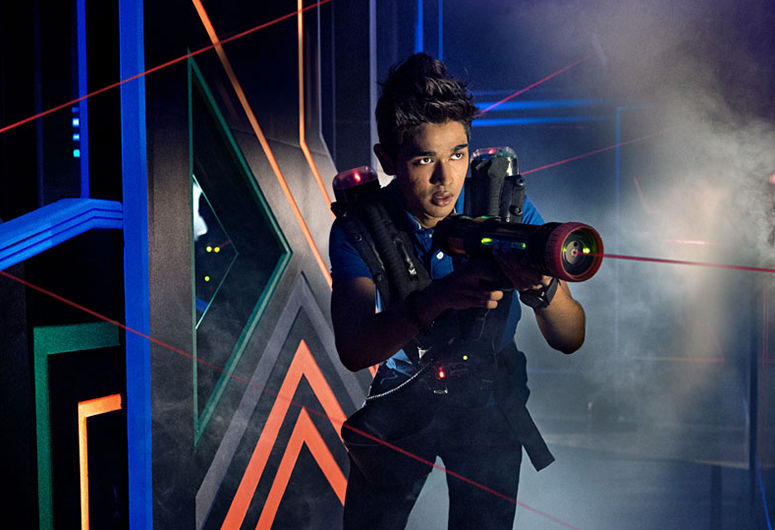
Laser tag, which combines the games of Hide-and-Seek and Tag, is an excellent way to get a solid cardio workout. Dodging laser beams, darting to hiding spots and rushing to ambush your opponents will quicken your heart rate and get your blood pumping. Book a game at HomeTeamNS Bukit Batok’s Laser Quest — open throughout the Lunar New Year — which features atmospheric lighting and pulsating beats to keep your energy level high. This is also a great team-bonding activity to consider if you’re planning a Lunar New Year company event.
BONUS: HomeTeamNS members enjoy exclusive member rates at S$4.07 per game for Laser Quest.
3. Go on a hike
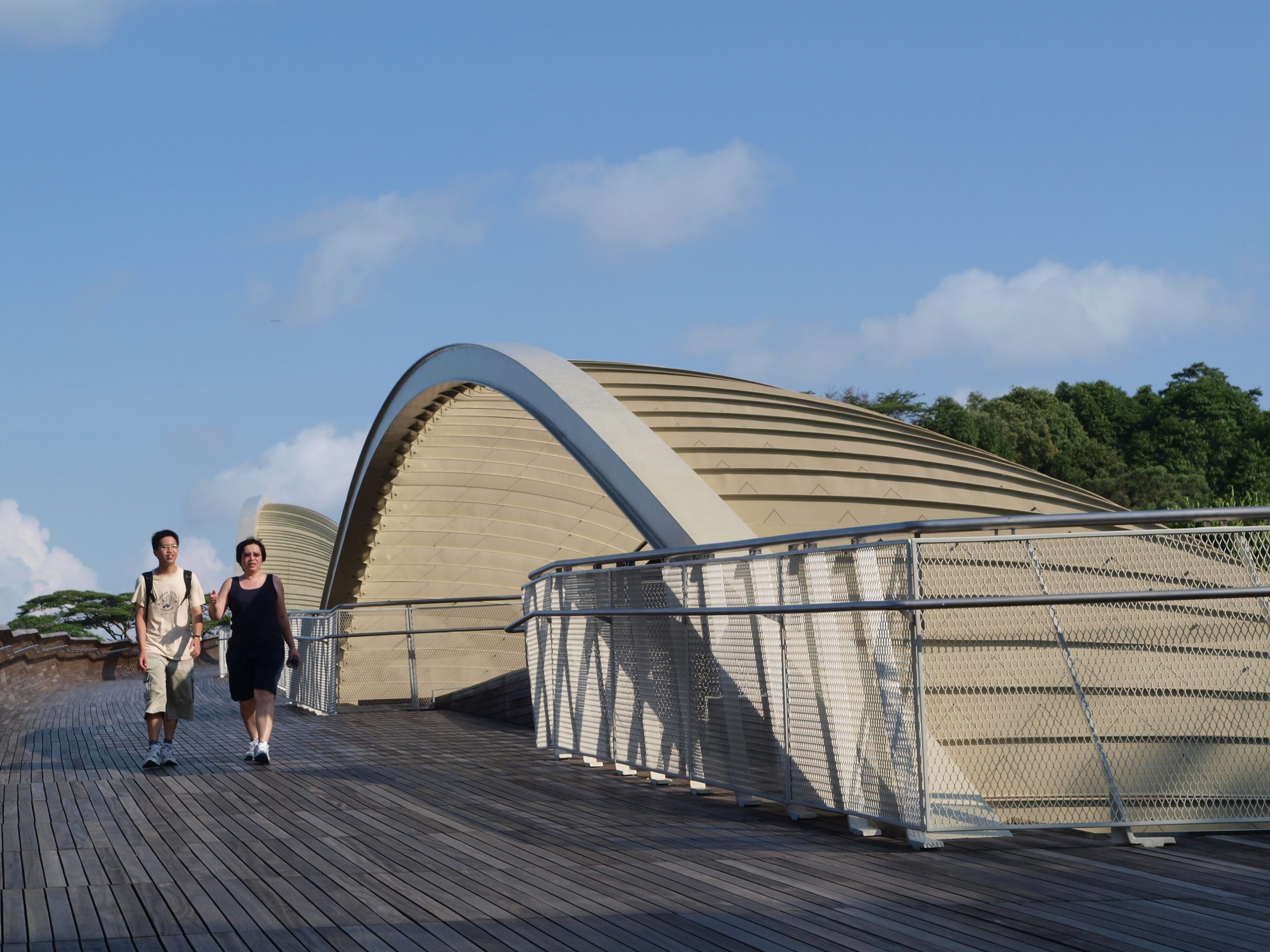
This festive period is a great time to escape the traffic and embark on an invigorating hike with the fam at one of the many parks and nature trails around Singapore. Head to the Southern Ridges, which comprises 10 km of green, open spaces that connect Mount Faber Park, Telok Blangah Hill Park, HortPark, Kent Ridge Park, and Labrador Nature Reserve. Here, stroll through the architecturally-stunning Henderson Waves and spot wildlife such as the Greater Racket-tailed Drongo and Brahminy Kite.
4. Head to the gym
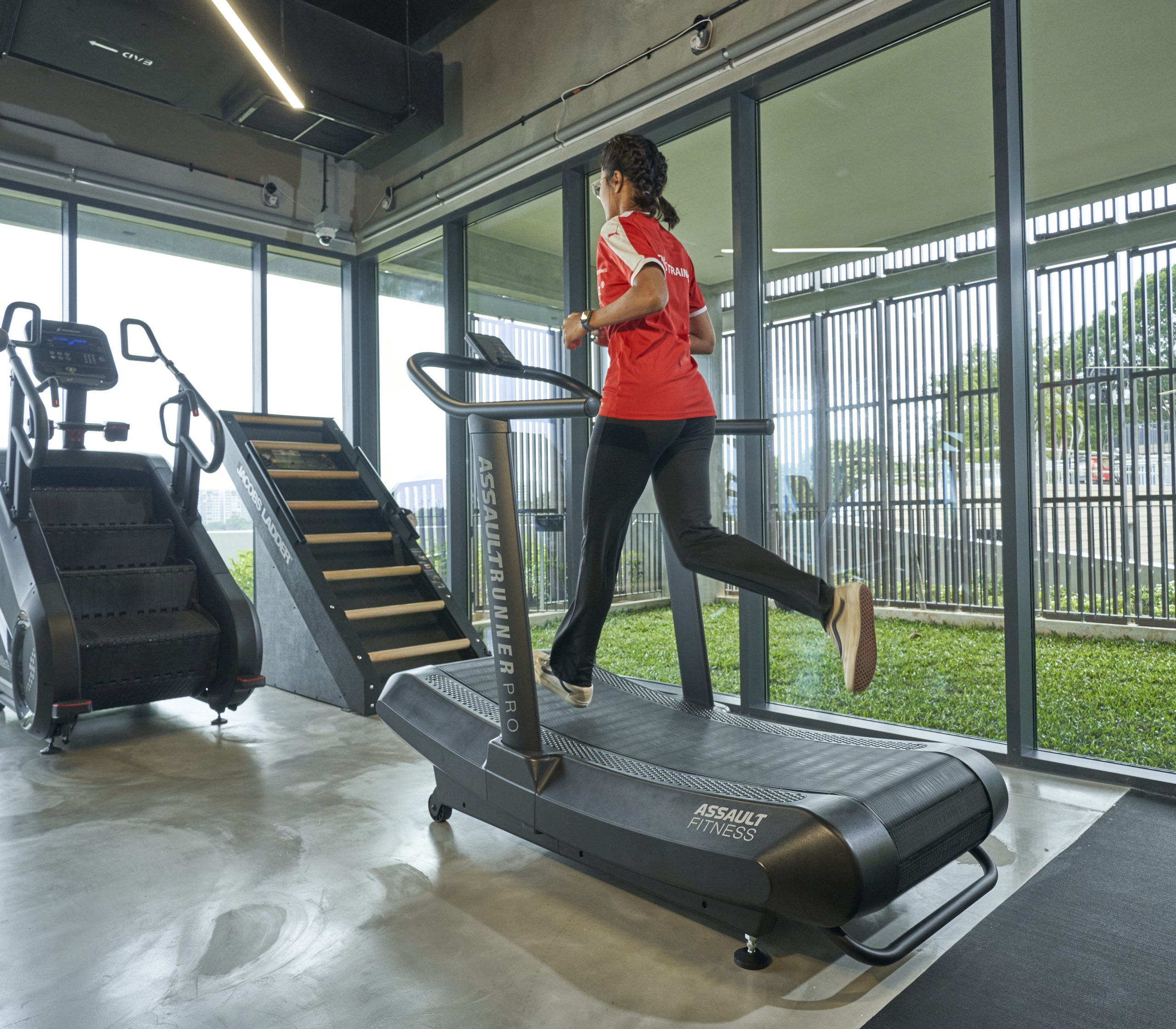
It’s easier said than done, but visiting the gym is already half the battle won. If you don’t have time to stick to your usual workout regime, don’t fret. Just make the most of your time by working up a sweat with brisk treadmill walks, a 20-minute High Intensity Interval Training (HIIT) session, or peddling a stationary bike for 15 minutes at any of HomeTeamNS’ Fitness Workz gyms. We especially recommend the Fitness Workz Garage at HomeTeamNS Bedok Reservoir, which boasts a state-of-the-art functional training zone equipped with a customised multi-functional octagon training frame rig featuring battle ropes, a punching bag, and a cross-core system.
BONUS: HomeTeamNS members enjoy special rates starting from $262.41 for a 12-month membership.
5. Organise a healthier potluck
Organising a healthy potluck for your reunion dinner is a delightful way to celebrate without compromising wellness. Encourage participants to embrace traditional flavors with a nutritious twist, opting for lean proteins, whole grains, and abundant veggies. Try these healthier recipes and encourage your guests to bake their own goodies using almond flour or coconut sugar for less-guilty indulgences.
6. End the day with yoga
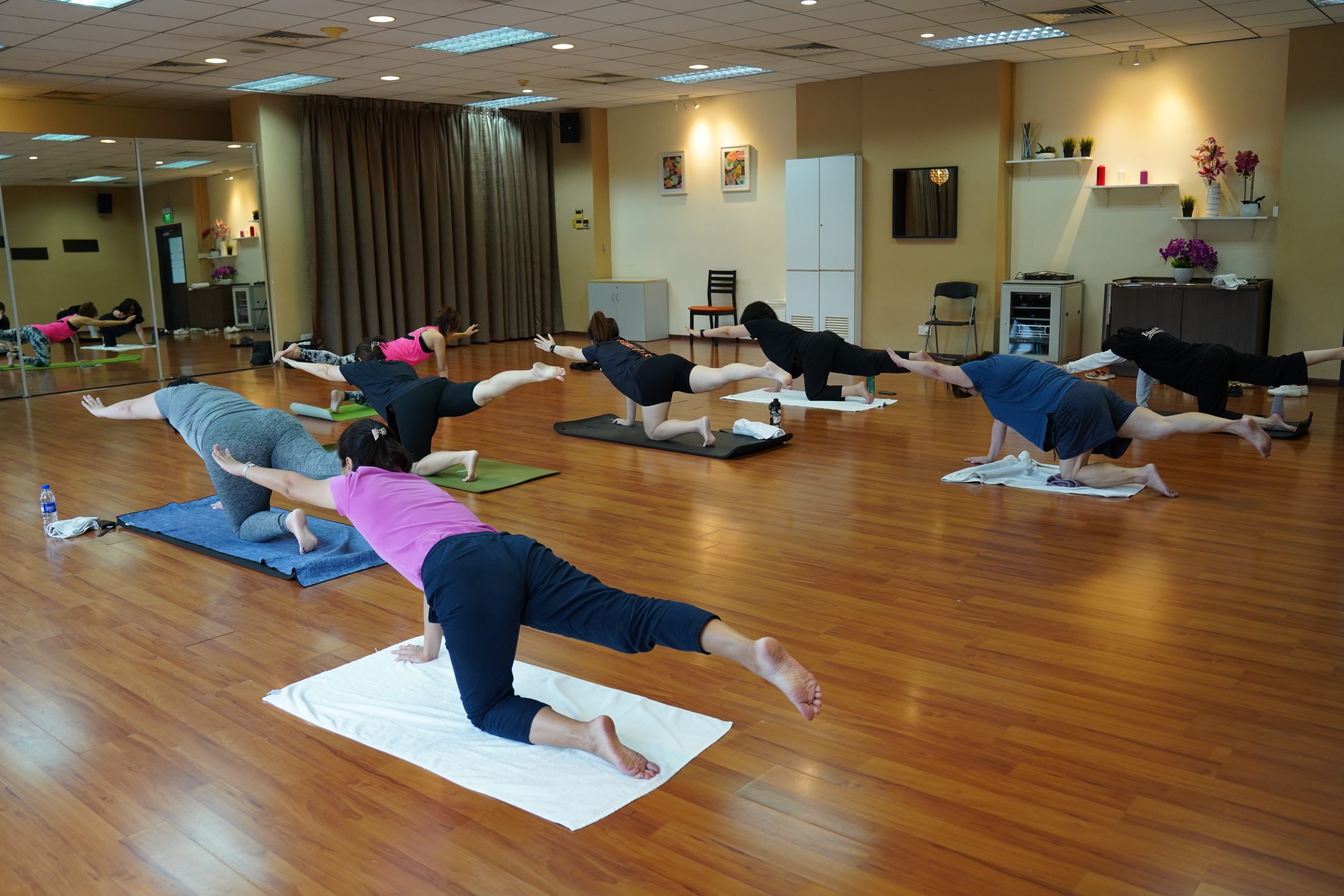
Yoga promotes physical strength, flexibility, and balance while enhancing mental well-being through stress reduction and improved focus, contributing to overall holistic health. This will help you start the Year of the Dragon on the right foot. Squeeze in a 10 to 15minutes workout guided by YouTube tutorials from the comfort of your own home, or join an outdoor class by the Yoga for Peace and Balance group, which may include gentler movements to warm up, followed by more challenging standing poses, balances, inversions, and peak poses.
7. Go for a swim
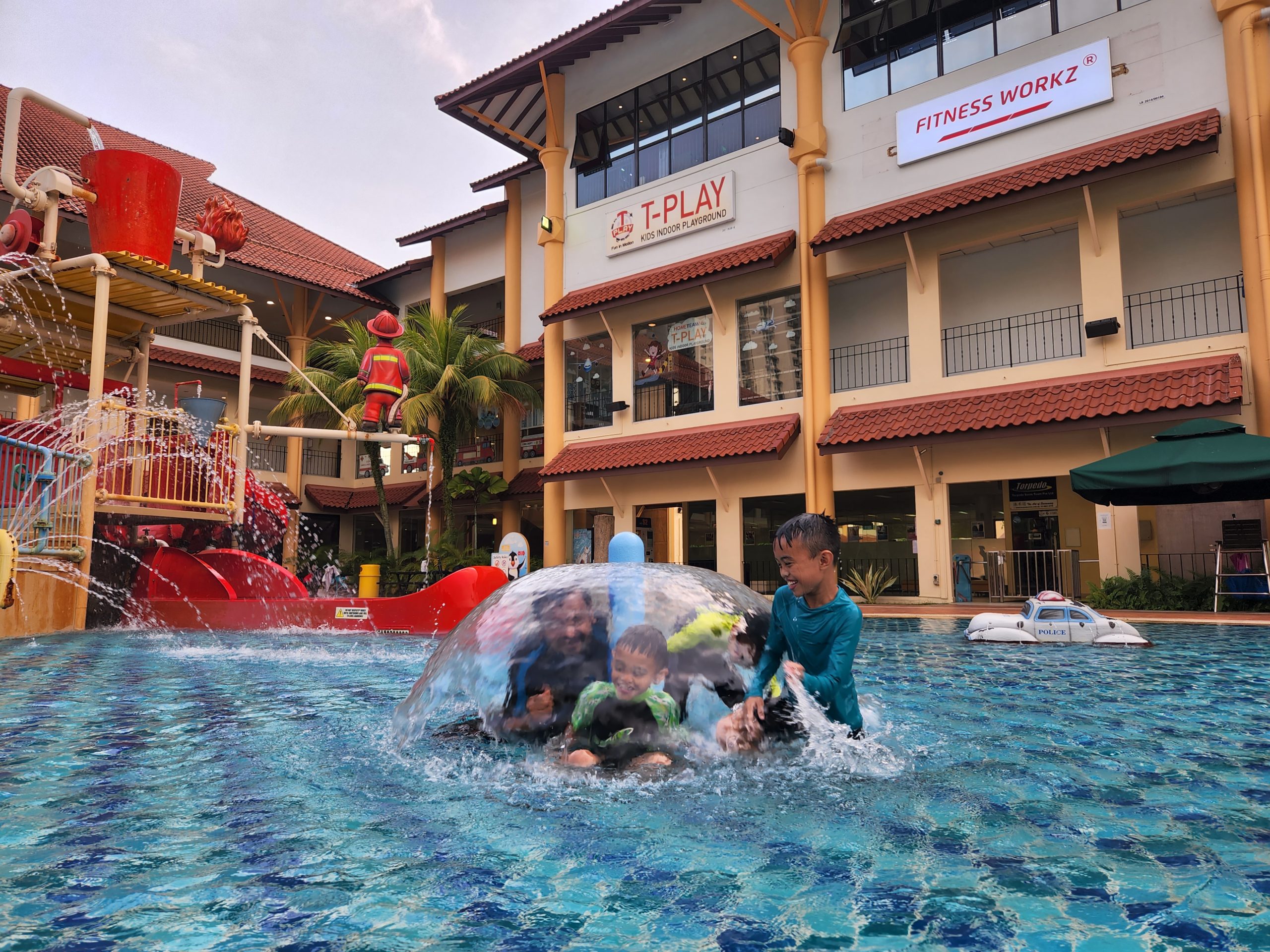
Swimming provides a full-body workout that helps burn calories and improve cardiovascular health, which is especially important when you’ve been indulging in rich foods. Cool off from that relentless February heat at any of the HomeTeamNS clubhouse pools, including the 50m, six-lane infinity pool overlooking the reservoir at HomeTeamNS Bedok Reservoir. Your little ones will love splashing about at HomeTeamNS Bukit Batok’s kids’ pool, which features slides and installations inspired by Singapore Police Force (SPF) and Singapore Civil Defence Force (SCDF) vehicles.
BONUS: HomeTeamNS Ordinary, Associate, Family, and Corporate Members get to enjoy free pool access.
How to stay healthy this Lunar New Year
1. Drink green tea
According to Traditional Chinese Medicine principles, consuming ‘heaty’ food in excess,such as those eaten during the Lunar New Year,can cause symptoms such as fever, sore throat, mouth ulcers, acne, excessive thirst, redness of the skin, and irritability. Drink green tea, which is unfermented and rarely oxidised, and thus believed to have a cooling effect on the body — besides being rich in antioxidants.
2. Stretch after every meal
Once you’re done eating, get up, take a quick walk around the space, and stretch your muscles. Stretching after a heavy meal can aid digestion, alleviate discomfort, and promote relaxation, contributing to overall well-being and reducing the potential for post-meal sluggishness.
3. Eat before visiting
Don’t go visiting hungry, because you’ll tend to overeat. Instead, have a high-fiber, nutritious snack before going to see your loved ones, and you’re more likely to make better snacking choices.
Like our stories? Subscribe to our Frontline Digital newsletters now! Simply download the HomeTeamNS Mobile App and update your communication preference to ‘Receive Digital Frontline Magazine’, through the App Settings.

